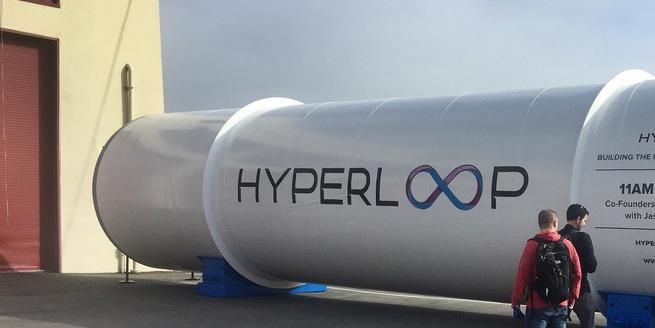Kochi to Launch India’s First Light Tram: A Green Leap in Urban Transport
Kochi, Kerala, is set to become the first city in India to introduce a light tram system, marking a historic milestone in the country’s urban transport sector. This move is a big leap towards Kochi’s ambition to blend technology with sustainability. The light tram system, designed for energy efficiency and low environmental impact, promises to offer a smooth, convenient, and green alternative to the city’s existing transport options. With rapid urbanization, Indian cities face mounting challenges such as traffic congestion, air pollution, and overstretched public transport networks. Kochi’s light tram is poised to tackle these issues head-on, presenting a model for future urban transit in India.The Tram: Design and CapacityThe upcoming light tram will operate on a 6.2-kilometer route, capable of carrying up to 240 passengers per trip. Its design prioritizes speed, comfort, and environmental sustainability. The system is set to be energy-efficient, producing minimal emissions compared to conventional buses and personal vehicles. Passengers can expect a smooth, quiet ride, free from the bumps and delays often associated with traditional road transport. By efficiently moving hundreds of commuters per trip, the tram is likely to reduce road congestion, improve travel times, and encourage more people to switch from private vehicles to public transport.A Nod to History: Reviving the Tram SpiritKochi’s initiative carries echoes of Kolkata’s historic tram system, once a symbol of urban mobility and technological advancement in India. While Kolkata’s trams gradually faded due to operational challenges and infrastructure constraints, Kochi’s light tram offers a modern reinvention of that vision. Unlike the old trams, the new system incorporates cutting-edge technology, eco-friendly energy solutions, and urban-friendly design. This blend of nostalgia and progress not only honors India’s tram heritage but also demonstrates how cities can learn from the past while embracing future-ready solutions.Light Tram vs. Traditional Tram: What’s the Difference?A light tram is a modern, smaller, and more energy-efficient version of a traditional tram. Unlike conventional trams, which are usually heavier, slower, and designed for larger urban networks, light trams are lighter, faster, and more flexible, making them ideal for medium-sized routes and cities with narrower streets. They often run on electricity or hybrid power, reducing emissions and offering quieter, smoother rides. Sustainability is the defining feature of Kochi’s light tram. As urban air quality continues to deteriorate in many Indian cities, reducing vehicular emissions is critical. Light trams, powered by electricity or other clean energy sources, offer a practical solution to this problem. By carrying large numbers of passengers efficiently, the tram will decrease reliance on cars and two-wheelers, which are major contributors to traffic congestion and pollution. Additionally, its low-energy design ensures that operational costs remain manageable while keeping the environmental footprint minimal.The Bigger Picture: A Nationwide TrendKochi is not alone in embracing modern tram-based solutions. Cities like Gurugram are exploring similar projects, indicating a broader shift towards efficient, eco-conscious urban transport across India. These initiatives reflect a growing awareness that public transport must evolve to keep pace with expanding populations, climate concerns, and urban development. Kochi’s upcoming light tram is more than a transport initiative; it represents a vision for sustainable, human-centric, and technologically advanced urban living. By blending historical inspiration with modern solutions, the city is paving the way for India’s future transit systems. For the citizens of Kochi, it means smoother commutes, cleaner air, and an opportunity to be part of a forward-looking city. For India, it signals a commitment to innovation, sustainability, and progress in urban mobility, proving that trams are not just relics of the past but models for the future of Indian cities.

.jpg)
.jpg)
.jpg)
.jpg)
